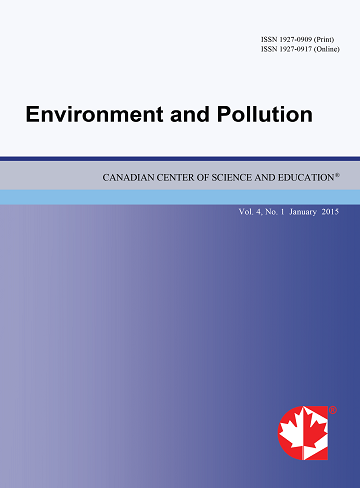Investigating the Temporal Dynamics of Abandoned COVID-19 Face Masks in a Tidal and Flood-Prone Canadian Town at the Peak of the Pandemic
- Robert L. France
Abstract
Face masks used during the COVID-19 pandemic are composed of polymers which when broken down release microplastics to the environment. As part of the most extensive monitoring program of COVID face mask littering ever undertaken for a coastal community, 50 parking lots in the town of Truro, Nova Scotia were surveyed for half a year (November 2021-April 2022). A total of 3,036 discarded or lost face masks were retrieved, with abandonment being consistent through time but for the notable exception of a period of rapid melting that released masks which had been damaged by snow removal maintenance. Qualitative observations and mark-and-recapture experiments indicated parking lots to be sources of litter dispersed to the wider environment. Interpolating these data on loss rates suggests that each of the 25,583 residents of Truro are estimated to have abandoned five face masks in parking lots during the 20 months of the peak pandemic. Expanding these results to the population of a quarter of a million people living around the Bay of Fundy, and using the known material composition of face masks, produces an estimate of 2,822 kg of pandemic plastic waste being generated with the potential to decompose and release microplastics over subsequent years into the Bay of Fundy, a designated World Heritage Site.
- Full Text:
 PDF
PDF
- DOI:10.5539/ep.v14n2p1
Journal Metrics
Index
- Academic Journals Database
- Berkeley Library
- CAB Abstracts
- CAS (American Chemical Society)
- CNKI Scholar
- COPAC
- CrossRef
- DTU Library
- Elektronische Zeitschriftenbibliothek (EZB)
- EuroPub Database
- Excellence in Research for Australia (ERA)
- Genamics JournalSeek
- Google Scholar
- Harvard Library
- Infotrieve
- Jisc Library Hub Discover
- JournalGuide
- JournalTOCs
- LOCKSS
- Max Planck Institutes
- Mir@bel
- PKP Open Archives Harvester
- Pollution Abstracts
- Publons
- Pubmed journal list
- ROAD
- Scilit
- SHERPA/RoMEO
- Standard Periodical Directory
- Stanford Libraries
- UCR Library
- Ulrich's
- UniCat
- Universe Digital Library
- UoS Library
- WorldCat
- Zeitschriften Daten Bank (ZDB)
Contact
- Albert JohnEditorial Assistant
- ep@ccsenet.org
